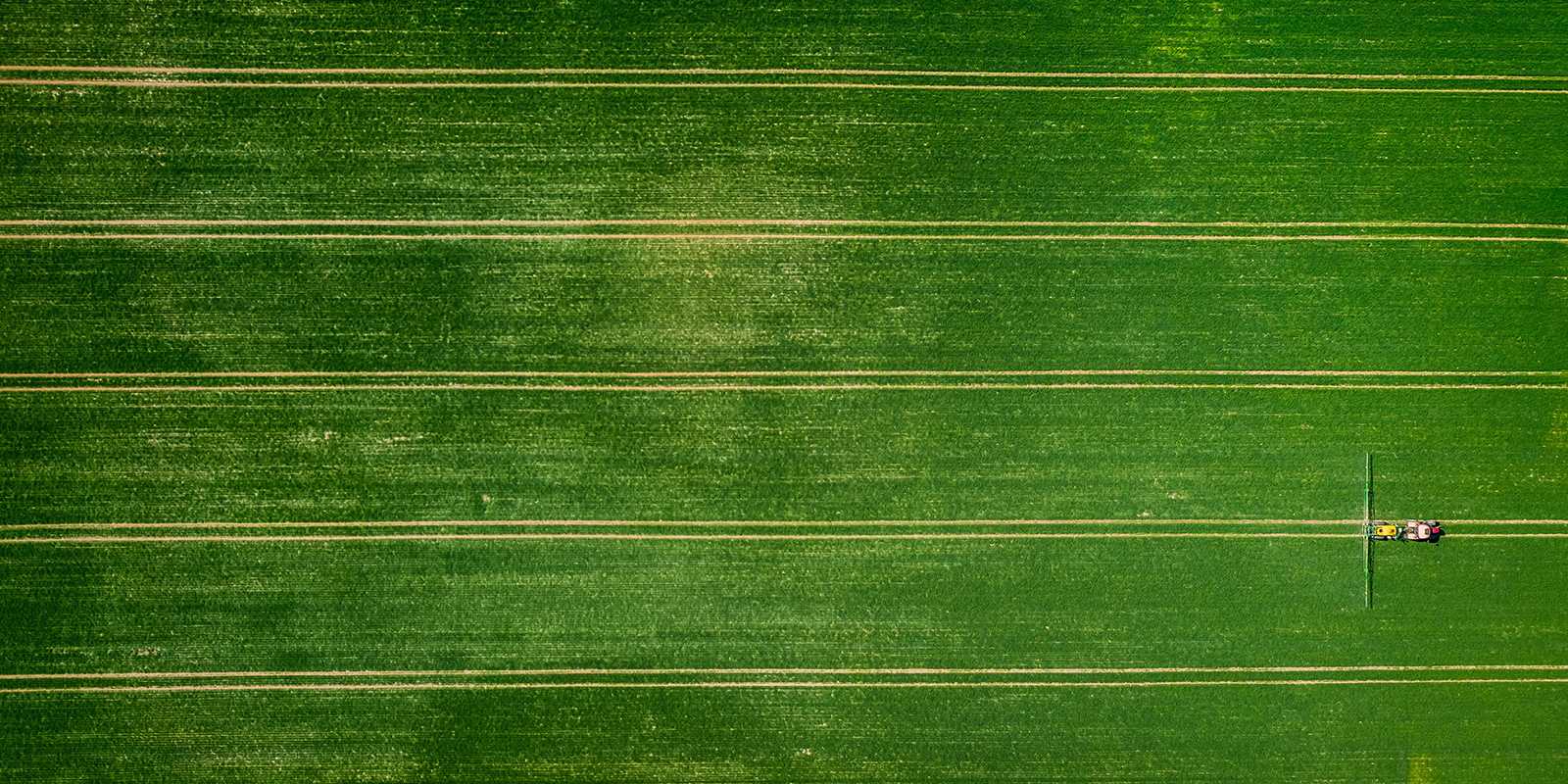When it comes to food, less is often more

For Achim Walter, it’s time we take responsibility for what we eat. As consumers, we have a right to demand a food system that serves the environment, promotes health and protects those in less affluent circumstances.
In the middle of the 20th century, many countries around the world were suffering from a poor supply of food. However, in response to the devastation of two world wars, science had prepared the ground for major advances in agriculture. A key question was how to combat hunger. The answer came in the decades-long process of constantly increasing yields and the mechanisation of farming.

The Green Revolution radically transformed agriculture, bringing new methods of plant breeding as well as a rapid spread in the use of fertilisers, pesticides and irrigation. The global population more than doubled on the back of a more than twofold increase in the yields of key arable crops. In 1970, the key figure behind this revolution was awarded the Nobel Peace Prize.
Today, we know the cost at which this progress has been made: climate change, declining biodiversity and environmental pollution. Industrialised agriculture is not the sole culprit here, but it is inextricably linked to these existence-threatening problems. How can we remedy this? And how might a “green revolution of our time” provide food in a more sustainable manner?
In my opinion, the crucial difference to the agricultural revolution of the 20th century is that today, we must no longer think primarily in terms of production, but rather in terms of the system’s overall impact. In other words, rather than trying to increase yields, we should be looking to reduce waste.
“A ‘green revolution of our time’ would establish a food system that is plant based, low on waste and rich in variety.”Achim Walter
True to the maxim that “less is more”, I would like to propose four pillars of an improved food system.
First and foremost, the priority must be to prevent food waste. We still waste around one-third of all produce on its way from the field to market and from fridge to plate. There is a broad consensus that we need to minimise this wastage along the entire value chain.
Second, we need to massively reduce the consumption of meat and animal-based food worldwide. There are practically no circumstances in which it is not an enormous waste to feed animals with foodstuffs that could otherwise be eaten by humans. I shall return to this in detail below.
Third, we need to avoid losses in production that are caused by disease, drought or other afflictions. This often requires providing assistance, which should be administered as selectively and sparingly as possible – but without jeopardising yields. Here, modern technology can help breed robust varieties, monitor crops, identify diseases, and ensure that water, fertiliser and pesticides are used as precisely as possible.
Fourth, we require more diversity in our nutrition: a healthy diet is based on a variety of foods – both plant based and animal based. A more diverse diet also encourages greater crop rotation. And, certainly in the case of pasture management, it is clear that greater diversification in plant species not only strengthens biodiversity but also boosts yields and helps mitigate climate change.
Consumer choice can bring about change
To devise such a food system in detail, we need to build a social consensus that clearly addresses the trade-offs involved. Consumers have a particular responsibility here. They need to reflect upon what they want to consume and upon what impact that consumption has. Food producers, the food-processing industry and any other stakeholders all need to be involved in this process and to disclose relevant information.
Ruinous meat production
Many societies in affluent countries have grown accustomed to consuming large volumes of meat and dairy products. Yet, environmental analyses show that the ecological footprint of animal-based foods is far bigger than that of plant-based foods.1 Moreover, a reduction in the consumption of meat and dairy products would benefit human health.2
New ideas for a healthier world
To celebrate over 10 years of collaboration with stakeholders from across the food value chain, the World Food System Center is holding a range of events and a public exhibition. Further information
This episode of the ETH Podcast focuses on the world food system: A talk about how far food travels before reaching our plates.
Naturally, it is important to differentiate between types of livestock and the way in which they are kept and fed. Grassland-based cattle farming in Switzerland, for example, stands out as a sound practice. But generally speaking, reason tells us that society should be doing more to cut down on animal-based foods.
Europe currently feeds two-thirds of its cereal production to livestock.3 Even in good times, that cannot be a model for the future – not least at a time when grain supplies to the world’s poorest countries are being held up by the war in Ukraine. Equally misguided are imports of soy concentrate feed from Brazil, where this form of agriculture is having a growing impact on the rainforest.
If climate targets, the fight against global hunger and the protection of biodiversity are to be anything more than just empty words, we need to redress such failings. When it comes to buying food, we all have a choice – and, with it, the chance to be part of a “green revolution of our time”: for a food system that is plant based, low on waste and rich in variety.
References
1 Poore J and Nemecek T (2018): external page Reducing food’s environmental impacts through producers and consumers. Science 360: 987-992.
2 Willett W. et al (2019): Food in the Anthropocene: external page the EAT-Lancet Commission on healthy diets from sustainable food systems. Lancet 393:447-492.
3 EU-Bericht (Kelly 2019): external page The EU cereals sector: Main features, challenges and prospects.